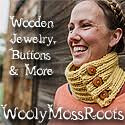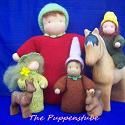Last week was her first week of school. We kept it really simple and fun to help ease her into her new rhythm. We spent all of last week with her joining in on big sister's morning circle and warm up and focused on form drawing and handwork (two of my favorite lessons).
"Rudolf Steiner gave indications for the teaching of form drawing during his lecture courses at Stuttgart in 1919 (Practical Advice for Teachers). Form drawing is one element that is unique to Waldorf education. Even upon introduction to form drawing, teachers see that form drawing is a powerful tool for development in a child’s education. There are many sound reasons which support the feeling that form drawing is good for children. The simplest and perhaps most straightforward reason is that it develops the fine motor skills as a preparation, and later a support, for writing. It strengthens eye-hand coordination, giving the eye practice at being coachman for the horses, the hands. Form drawing also works in the other direction: The movement of the hand also educates the brain. Furthermore, it is part of the evolution of art and, as such, develops the aesthetic sense and a feeling for form. It also teaches thinking but in a non-intellectual way; it trains the intelligence to be flexible, able to follow and understand a complicated line of thought. The more human beings are trained to think flexibly, the greater the world is strengthened in intelligence. Finally, form drawing really supports the development of the whole being of the child, guiding him or her in a healthy way with certain types of forms brought to the child which are appropriate for his age in the various grades. Developing a feeling for form, then, develops the will forces. To develop this feeling for form, the hands must be brought to feel the form; we need to see with our hands. We need to describe the feeling of the movement. We need to work through a form until it is incorporated in us; the drawing itself is really only a trace, an echo, of our process of movement. Although we wish to achieve a “certain perfection” in the drawing of the form., it is the process which is of greater importance. If the process has been properly worked through, the product will be good."
—Ernst Schuberth
If you are interested in form drawing, there is some great information here and a wonderful short video here.
C took a journey to the land of straight lines and curves.We searched for straight lines and curves indoors and out:
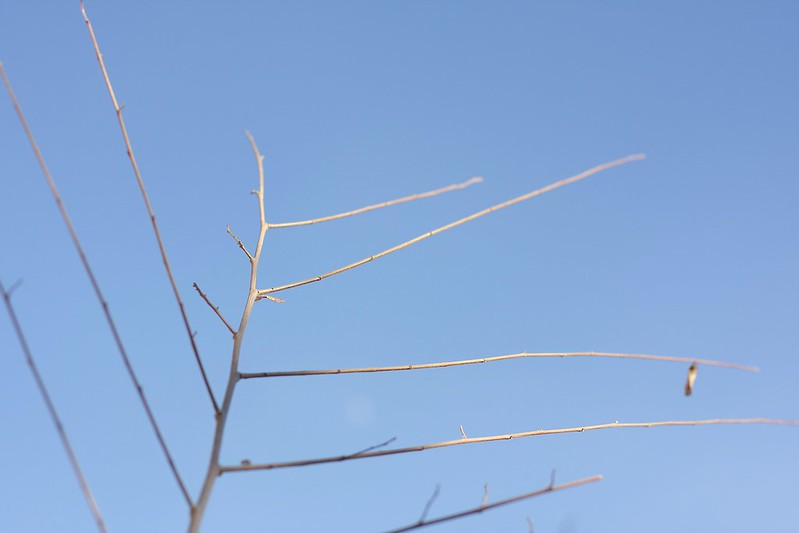
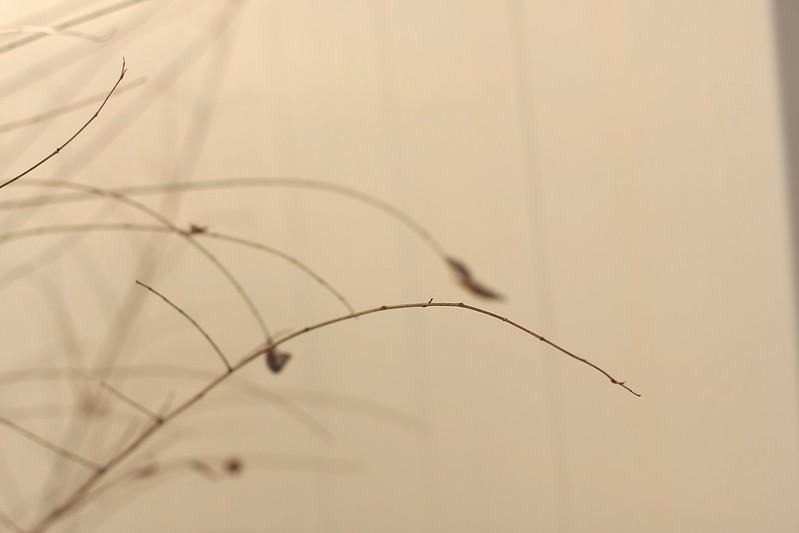
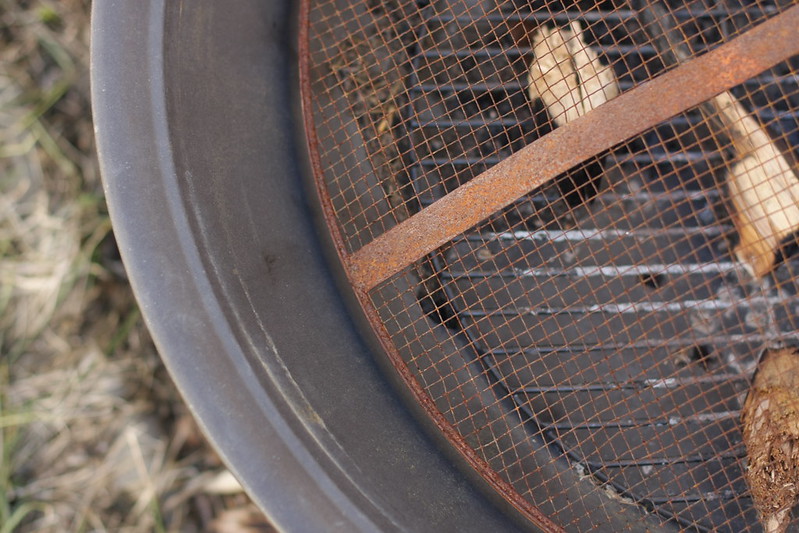 We made straight lines and curves with modeling beeswax:
We made straight lines and curves with modeling beeswax: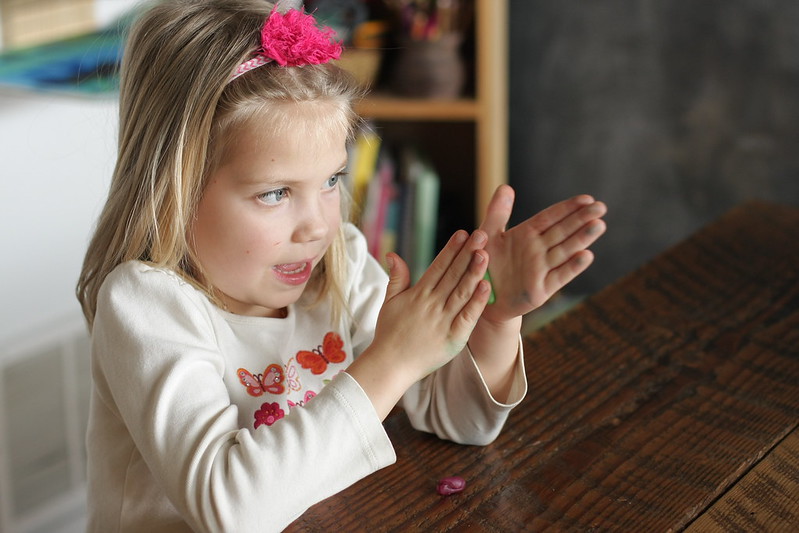

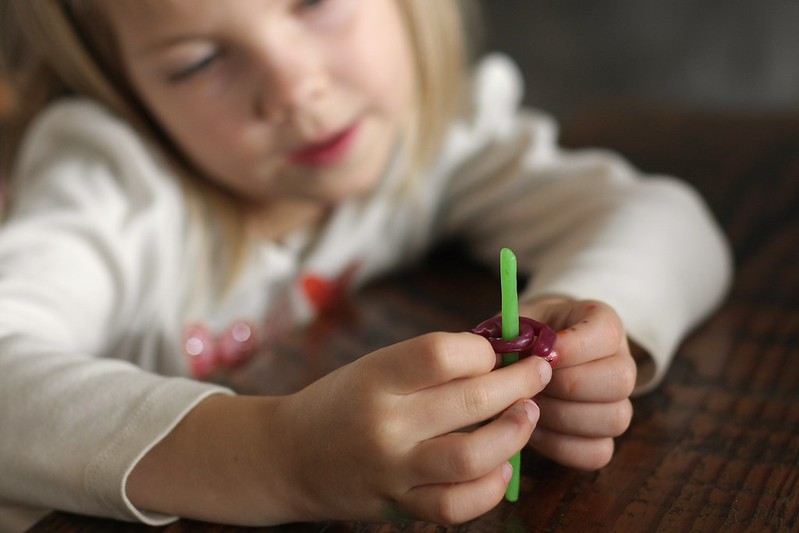
 We went outside and drew straight lines and curves on the pavement:
We went outside and drew straight lines and curves on the pavement:
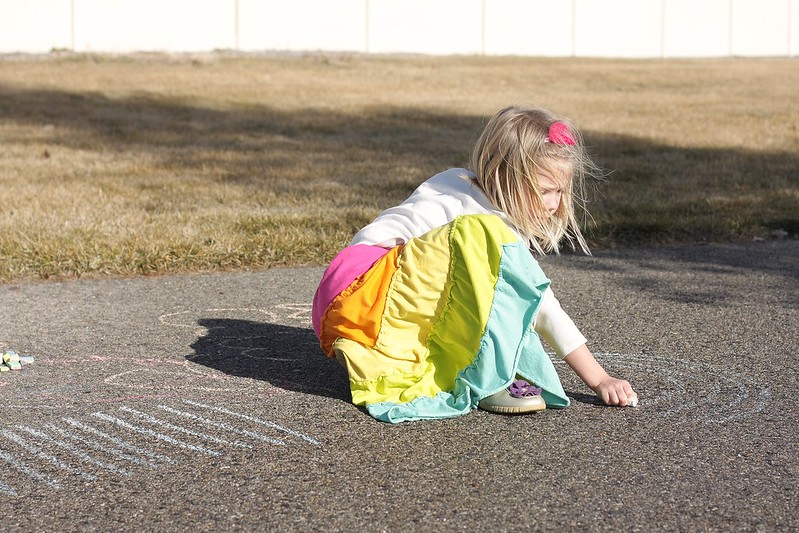
 Then we balanced and walked on a straight line:
Then we balanced and walked on a straight line:
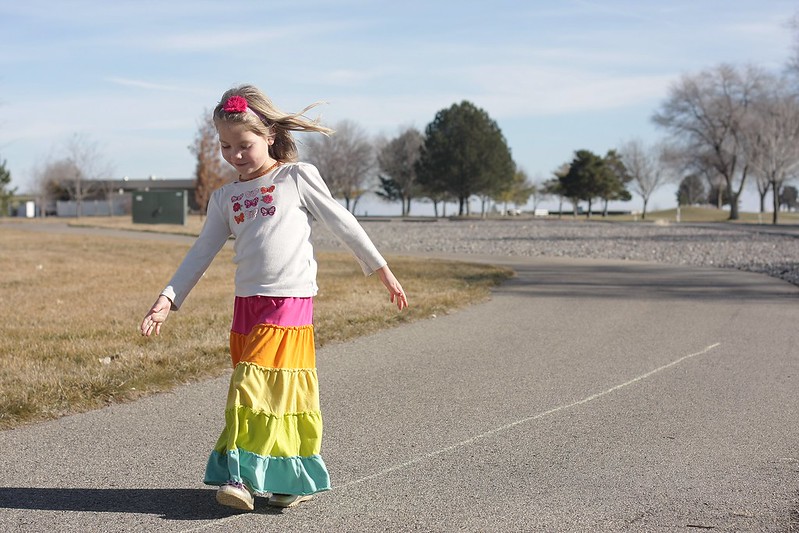 crawled (which we decided we would be better done on the grass or indoors on carpet in the future. Ouch!):
crawled (which we decided we would be better done on the grass or indoors on carpet in the future. Ouch!):
 Skipped and ran (I do believe it was at this point that she sang loudly, "I LOVE homeschooling!":
Skipped and ran (I do believe it was at this point that she sang loudly, "I LOVE homeschooling!":
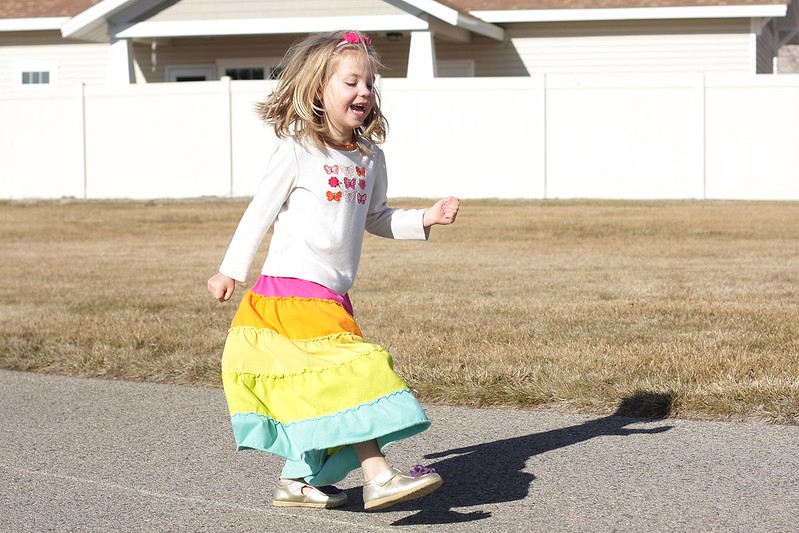
 Then we did the same with a curved line - a spiral in fact. C's siblings couldn't sit this one out!
Then we did the same with a curved line - a spiral in fact. C's siblings couldn't sit this one out!

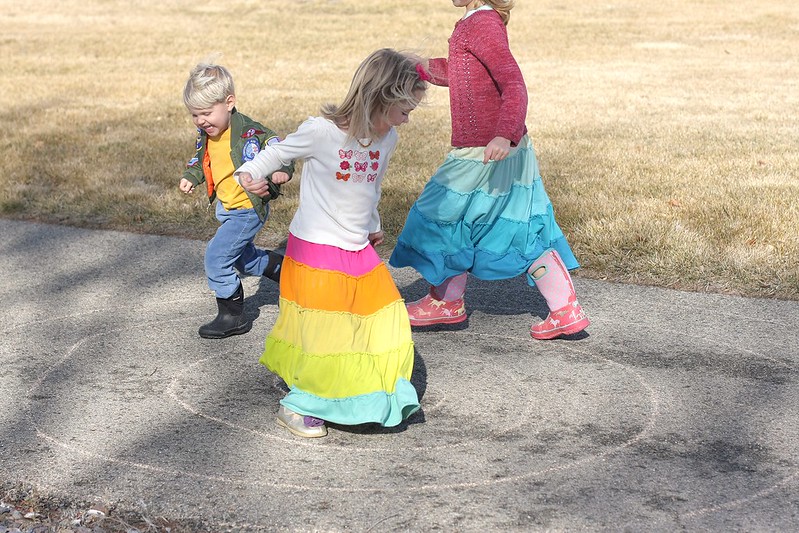 One of the days I used my finger tip to draw lines on C's back and then had her draw what she felt on a blank piece of watercolor paper with a magic crayon. After I did it a few times she painted over her drawings to see what she made.
One of the days I used my finger tip to draw lines on C's back and then had her draw what she felt on a blank piece of watercolor paper with a magic crayon. After I did it a few times she painted over her drawings to see what she made.
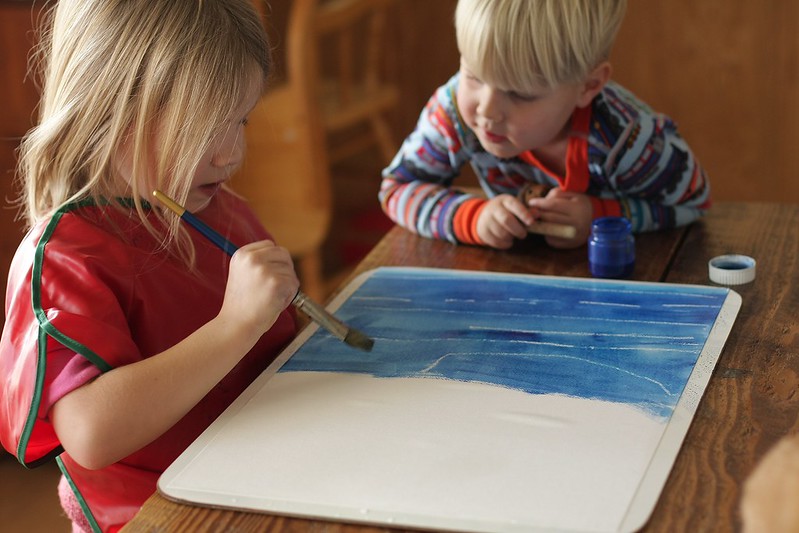
 Then finally she received her very first main lesson book and after practicing on paper she put her first form drawings into her book:
Then finally she received her very first main lesson book and after practicing on paper she put her first form drawings into her book:

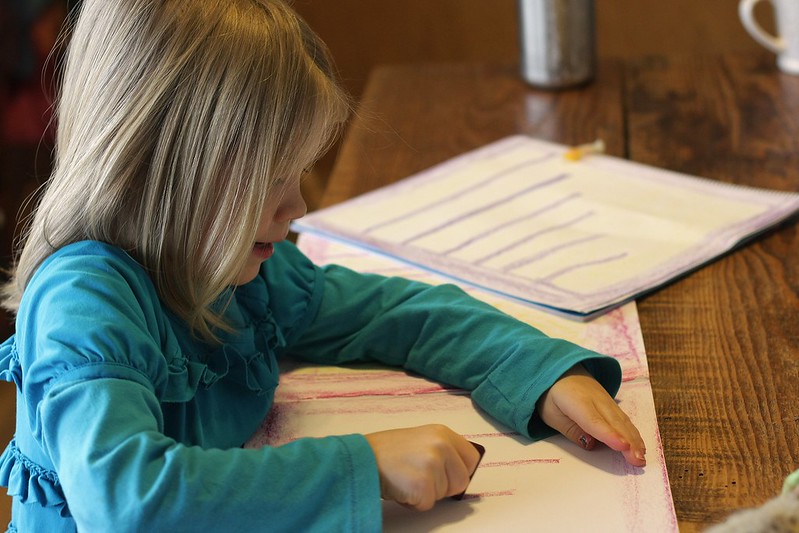
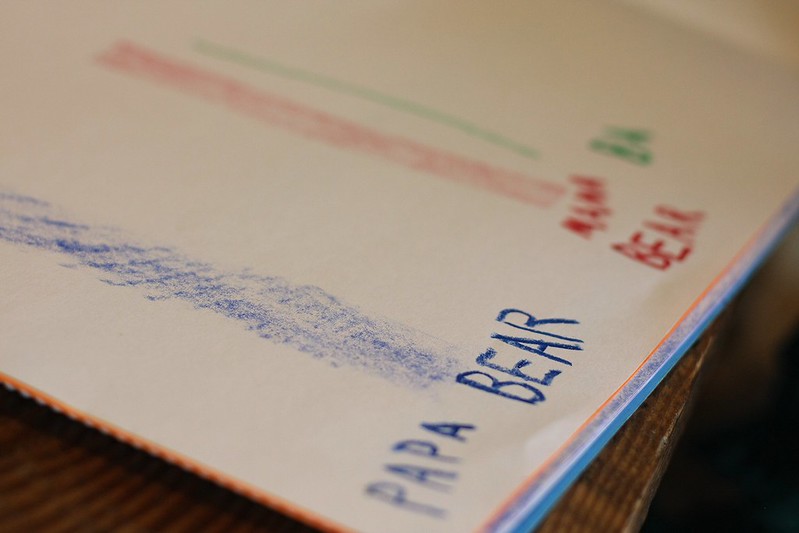 As for her first week of handwork:
As for her first week of handwork:Before C will learn how to knit with knitting needles, I am teaching her all about wool and the many stages it goes through to become yarn. We played with different variations of wool and C made wool clouds (you might remember this post on them from when K was in first grade).
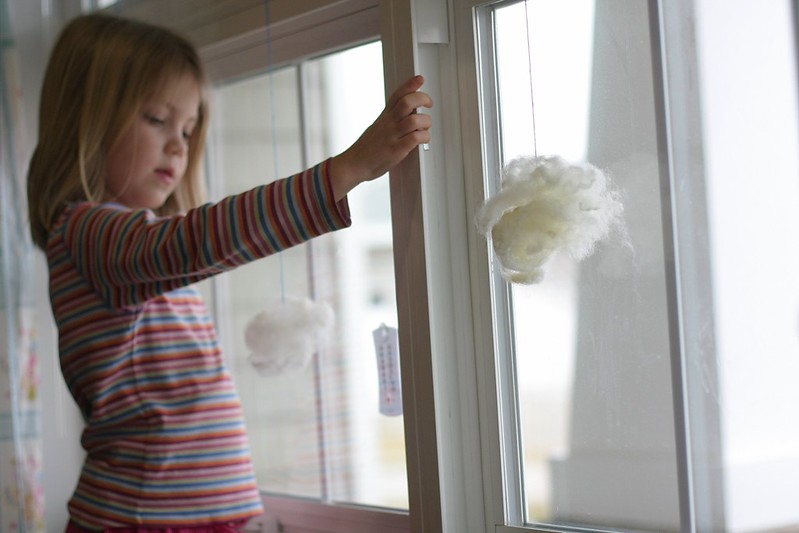
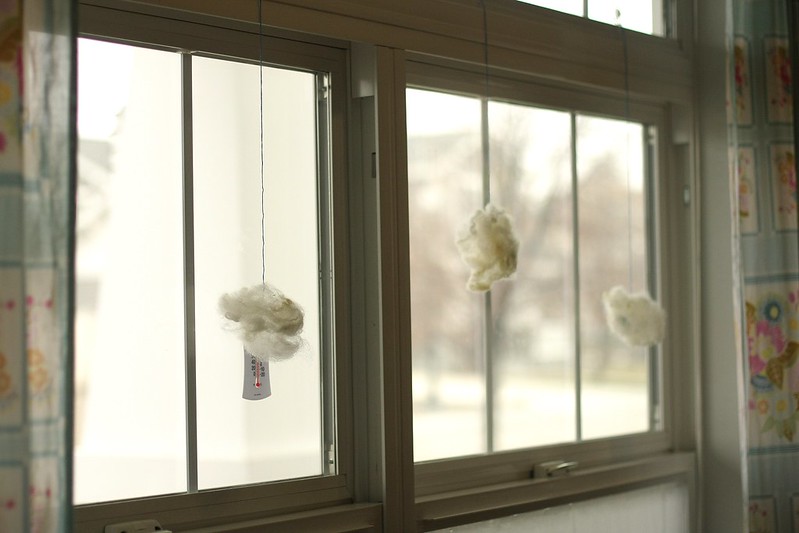 Then she dyed some yarn that we will use to finger knit with, then four finger knit with and then she'll make her knitting needles and begin to knit.
It's important that she goes through the process in that order.
Then she dyed some yarn that we will use to finger knit with, then four finger knit with and then she'll make her knitting needles and begin to knit.
It's important that she goes through the process in that order.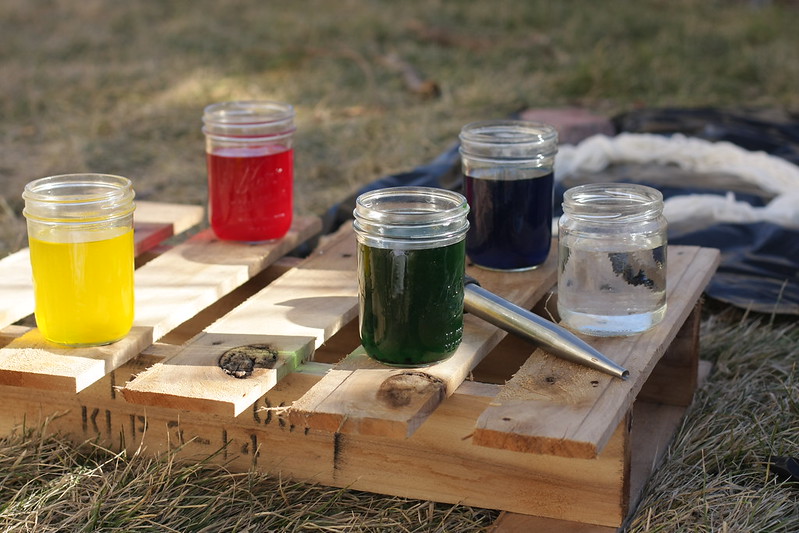 Little L was sad he didn't have yarn to dye so I cut him a piece of cotton fabric to dye however he wanted:
Little L was sad he didn't have yarn to dye so I cut him a piece of cotton fabric to dye however he wanted:
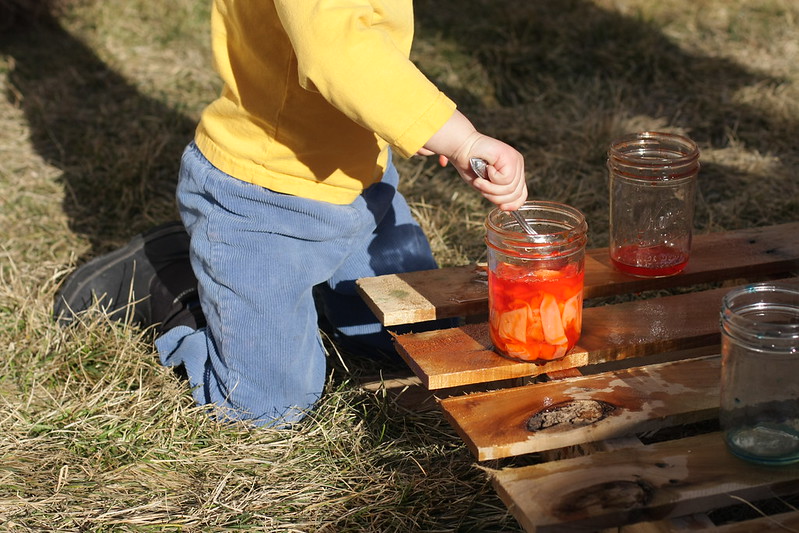 That is where we are at. Lots more form drawing in her main lesson book this week and more wool fun, too. Next week we will begin language arts. I have quite a bit of preparing to do for that so I had better get to it! I hope you are all having a lovely week, friends.
That is where we are at. Lots more form drawing in her main lesson book this week and more wool fun, too. Next week we will begin language arts. I have quite a bit of preparing to do for that so I had better get to it! I hope you are all having a lovely week, friends.

















































